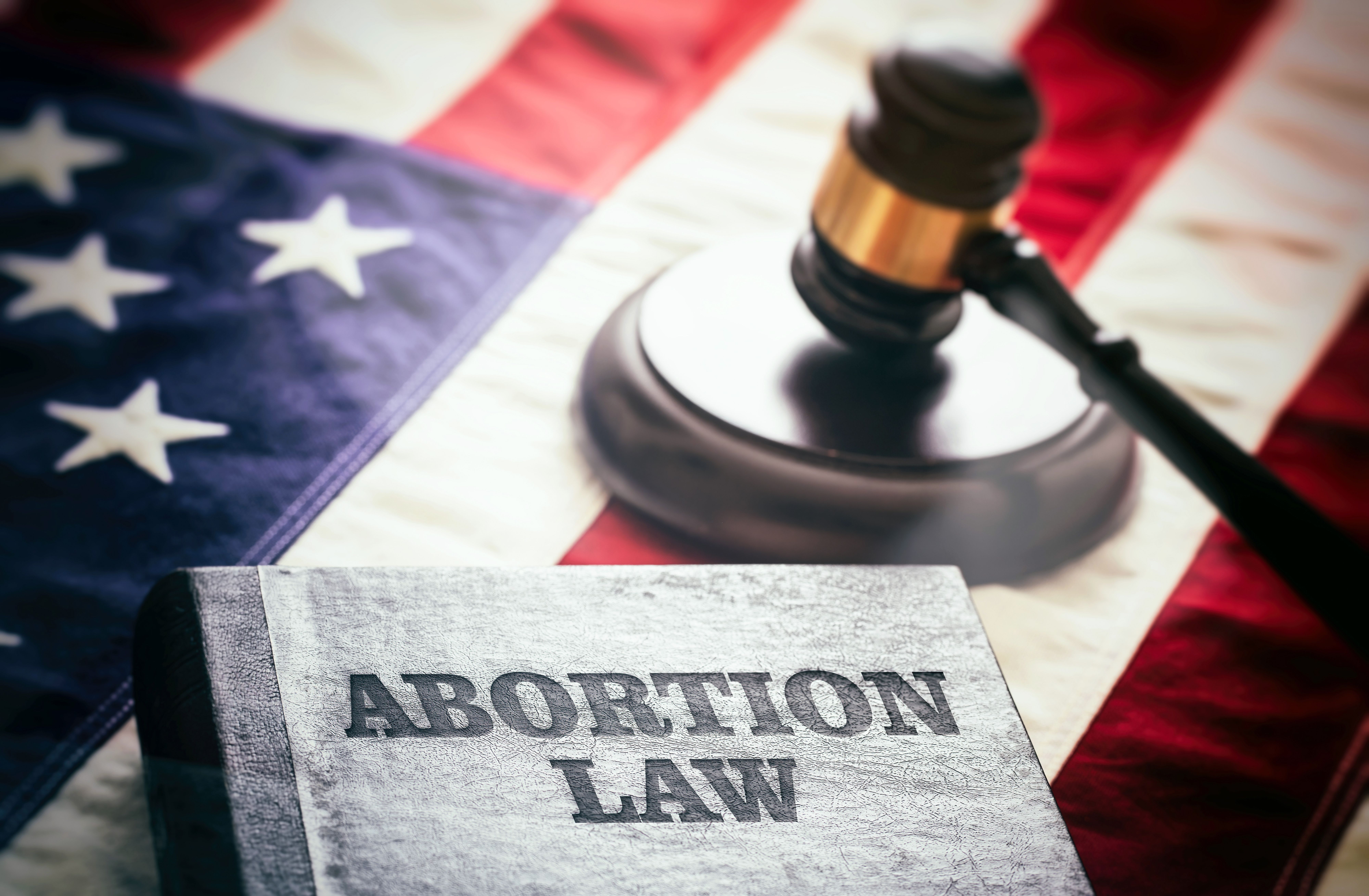News
Article
Disparities Evident for Video-Based Mental Health Care Among Rural American Indian/Alaska Native Veterans
Author(s):
Significant differences in video telehealth use were observed in rural and urban populations, especially among American Indian/Alaska Native veterans, a new study has found.
Although the implementation of virtual mental health care is associated with a greater use of video telehealth (VTH) among veterans, American Indian/Alaska Native veterans living in rural areas may be at the highest risk for access disparities, according to a new study.
“This finding highlights the importance of understanding and addressing the diverse needs of the 574 federally recognized tribes throughout the United States,” wrote the researchers. “Each group has its own unique history and cultural practices, with heterogeneous group members reflecting different geography, sociodemographic status, and identity.”
The cohort study is published in JAMA Psychiatry.
Various health disparities among the American Indian/Alaska Native population can be attributed to historical and sociopolitical facets of structural racism and barriers to care, with previous literature showing these issues are exacerbated for American Indian/Alaska Native veterans of the US Armed Forces. Therefore, it is important to understand how these inequities play into virtual telehealth, as it has become more widespread and universal since the COVID-19 pandemic.
In the current study, researchers aimed to evaluate the association of the pandemic with access to mental health care by observing VTH utilization among American Indian/Alaska Native and non-American Indian/Alaska Native populations living in rural and urban settings.
The cohort included data on VTH use from the Veterans Health Administration's (VHA’s) Corporate Data Warehouse, for veterans who received mental health care before the pandemic between October 1, 2019, and February 29, 2020, and early in the pandemic, between April 1 and December 31, 2020. Patients who were receiving VHA care were identified by selecting records of veterans with at least 1 outpatient mental health encounter.
Additionally, data included encompassed demographic data for areas designated as urban (2500 inhabitants or more), rural, or highly rural (population density less than 7 people per square mile), and race/ethnicity information, with Non-American Indian/Alaska Native populations including Asian, Black, Hispanic and non-Hispanic White, and Native Hawaiian/Other Pacific Islander individuals.
The study included 1,754,311 veterans, with a mean (SD) age of 54.89 (16.23) years, in which 1,494,800 (5.21%) were male. Of this cohort of veterans, only 1.25% were American Indian/Alaska Native and 98.75% were non-American Indian/Alaska Native, including 1.41% who were Asian; 24.96%, Black; 71.17%, Hispanic and non-Hispanic White; and 1.20%, Native Hawaiian/Other Pacific Islander.
Because only 15,574 (0.89%) veterans lived in highly rural areas, the researchers combined this group with rural veterans, resulting in a study population of 8425 (0.48%) rural American Indian/Alaska Native individuals; 509,447 (29.04%) rural Non-American Indian/Alaska Native individuals; 13,452 (0.77%) urban American Indian/Alaska Native individuals; and 1,222,987 (69.71%) urban Non-American Indian/Alaska Native.
In the prepandemic period, a lower percentage of urban (β = −0.91; SE, 0.02; 95% CI, −0.95 to −0.87; P < .001) and non–American Indian/Alaska Native (β = −0.29; SE, 0.09; 95% CI, −0.47 to −0.11; P < .001) veterans used VTH. During the early pandemic period, a greater percentage of urban (β = 1.37; SE, 0.05; 95% CI, 1.27-1.47; P < .001) and non–American Indian/Alaska Native (β = 0.55; SE, 0.19; 95% CI, 0.18-0.92; P = .003) veterans used VTH.
The researchers also found a significant association between rurality and American Indian/Alaska Native status early in the pandemic (β = −1.49; SE, 0.39; 95% CI, −2.25 to −0.73; P < .001).
Additionally, urban veterans used VTH more than rural veterans, especially 2 groups:
- non–American Indian/Alaska Native: rurality β = 1.35 (SE, 0.05; 95% CI, 1.25-1.45; P < .001)
- American Indian/Alaska Native: rurality β = 2.91 (SE, 0.38; 95% CI, 2.17-3.65; P < .001).
Furthermore, the mean (SE) increase in VTH was 20.34 (0.38%) and 15.35% (0.49%) for American Indian/Alaska Native urban and rural veterans, respectively.
The researchers acknowledged some limitations to the study, including COVID-19 restrictions and generalizing individuals as rural American Indian/Alaska Native according to demographic region.
Despite these limitations, the researchers believe the study provides a better understanding of rural and geographic disparities within mental health care using VTH, especially among American Indian/Alaska Native veterans living in rural areas.
“Future studies should examine potential differences in VTH use for this population based on gender or regional differences and ways the COVID-19 pandemic may have affected utilization,” wrote the researchers. “Additional studies should be conducted to understand the importance of inequitable access to broadband internet, along with other social factors affecting health, such as geography, rurality, and socioeconomic status, for this population.”
Reference
Kusters IS, Amspoker AB, Frosio K, et al. Rural-urban disparities in video telehealth use during rapid mental health care virtualization among American Indian/Alaska native Veterans. JAMA Psychiatry. Published online 2023. doi:10.1001/jamapsychiatry.2023.2285





